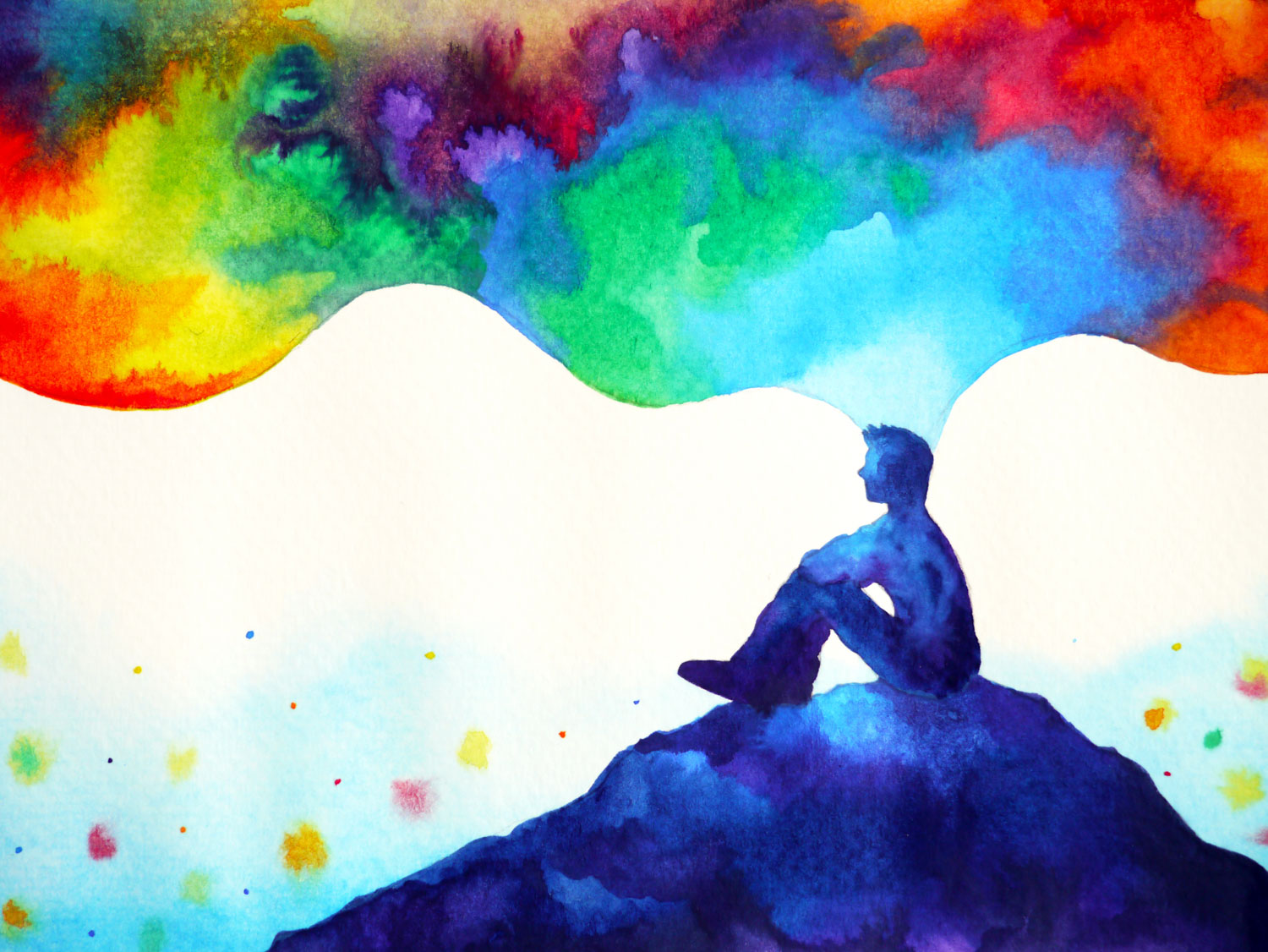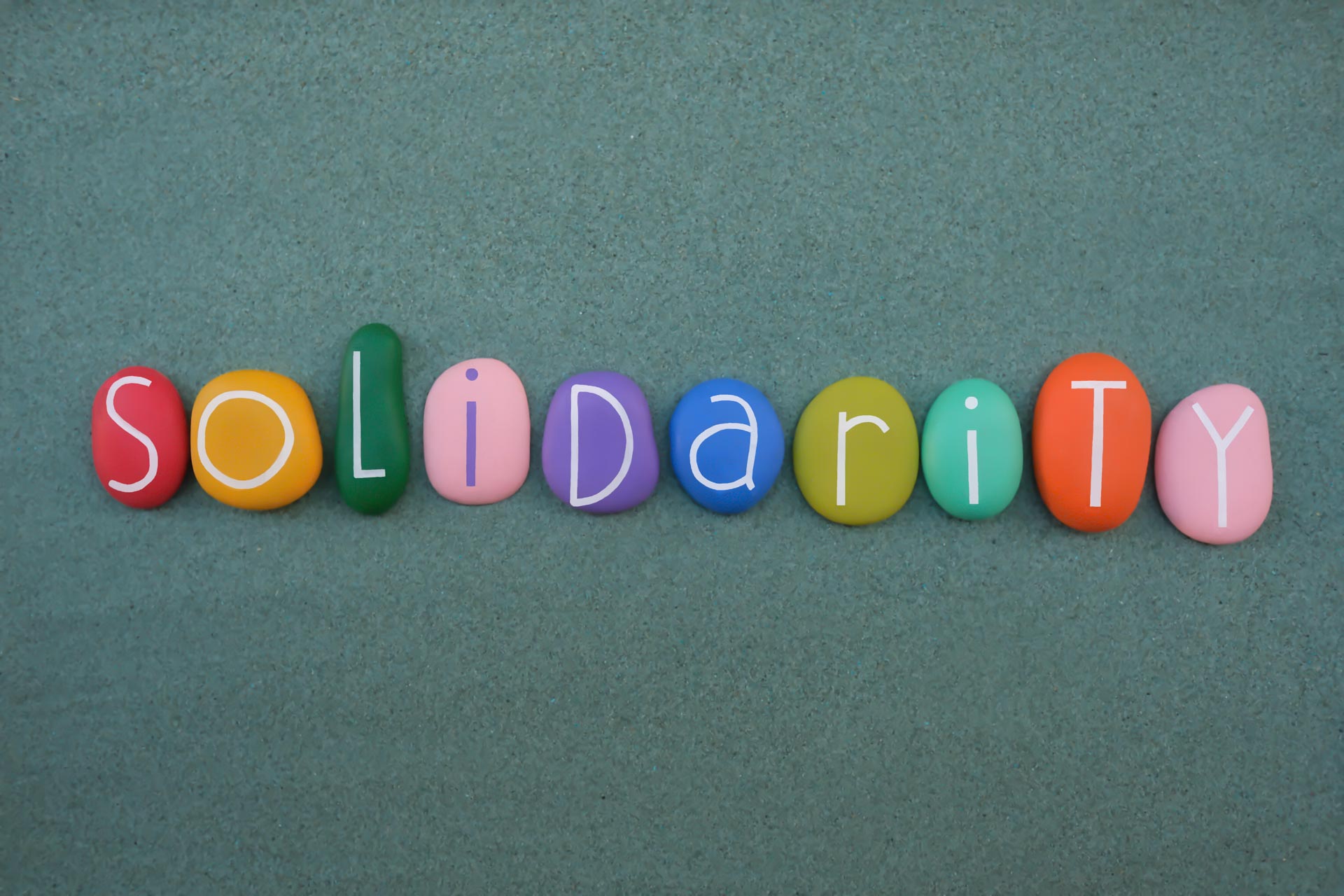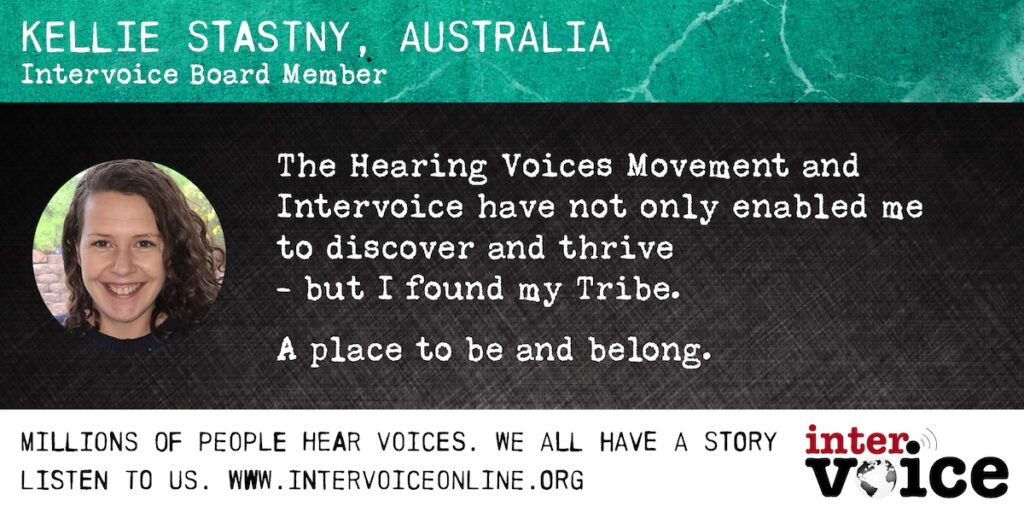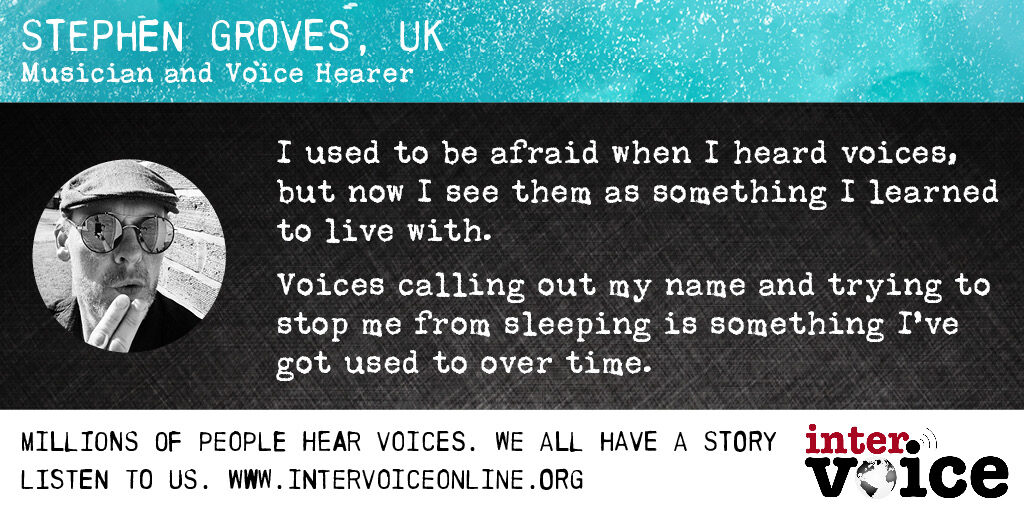Hearing Voices and Dissociation
‘Making Friends with Voices’ is a personal account of one woman’s experience of hearing voices, dissociation and childhood trauma. It explores the inherent meaning hidden behind the voices, and looks at the therapeutic merit of cartoons and icecream for adult survivors of childhood abuse.
I remember the day well. It was a Thursday afternoon late in May, and we were sitting in her flat talking, and watching the walls. Amy looked frightened, distracted. I asked her what was wrong, but she didn’t respond. She had her back to me, and her shoulders were hunched around her ears. I waited. ‘I know this is going to sound crazy,’ she whispered, giggling softly, ‘but I think I’ve been possessed by Ted Bundy.’ She had a bottle of wine clamped between her knees, trying to force it open with a tiny penknife. I watched her struggle. For a moment there was silence, then Amy turned to face me. I knew that she was serious because of how terrified she looked.
Amy has been hearing voices for years. She does not see it as an illness. Neither do I. It makes perfect sense, in the context of the rest of her life. As a child, Amy was physically abused and neglected. In order to cope, the voices later explained, she created imagined identities to withstand the different aspects of abuse, splitting her mind, so that Amy herself, or rather, Amy’s conscious self, could dissociate from the trauma she was experiencing. The identities were created by Amy’s mind as a child, so that she could mentally escape the pain of being abused. But though she viewed them as being separate to herself, these identities originated in her mind, and are still a part, albeit a dissociated part, of who she is. The voices that Amy has been hearing for years, are not some abstract phenomena, neither are they an indication that Amy is ‘mentally unwell’. The voices that Amy hears, are simply the voices of these dissociated parts of self; the voices of the ingenious defence mechanism that enabled Amy to survive her childhood. In adulthood, it is the voices, not Amy, that hold the bulk of the traumatic memories and associated emotions.
When Amy first began to listen to the voices, to try to understand what they might want and why they might exist, rather than shutting them out and trying to ignore them as she had previously, the relationship she had with her voices began to shift dramatically. The first noticeable change was that the voices began to present in person, by ‘coming out’ in her body. In truth, this was not a new thing, but it was something which Amy had previously been unaware of. For many years, Amy had been accustomed to losing huge chunks of time, and to finding things that she had bought, in particular, toys and sweets, that she had no recollection of buying. She was frequently told by others of things that she had said and done, that Amy had no conscious awareness of herself. But she had never associated any of this with the voices, or with the experiences she lived through as a child.
Two years ago, the voices, or dissociated parts, began to ‘come out’ and talk to me. They introduced themselves to me gradually, over a period of several years. Some were shy and nervous at first; others angry, distrustful and hostile. However, as we reassured them that they were safe, and as they, in turn, learned to trust, even the most hostile parts softened, revealing themselves to be the identities of small, frightened, abused children; each with their own name, age, personality, voice, feelings and memories, of both past and current reality.
That day in May, the day that Amy thought she was possessed by the spirit of Ted Bundy was a frightening day for both of us. But then, anything can be frightening if we don’t take the time to understand it. Hearing voices threaten to ‘slice you into pieces’, or to do unspeakable things to those that you love is terrifying, especially if you believe that the voice threatening those things is in some way a part of yourself. The conclusion Amy reached that day was that she was ‘evil’.
But she isn’t evil. And neither is she possessed by Ted Bundy. Behind all of the other voices, we had found only frightened child identities, aged between four and eight years old; the ages that Amy was when she first experienced the trauma and split her mind to survive. And this time, however scary, was to prove no different.
It is hard to respond in a loving and nurturing manner to a voice that threatens to kill you and/or the people you love, including all of the other frightened parts of yourself. It is easier to detest this voice, and whatever lies behind it, because in some way this voice, and the others like it, allow the abuse and the fear to continue. But if you can imagine this voice as belonging to a hurt, child part of yourself, a part that protected you when you were small, then perhaps it can become a little easier to respond kindly, to care, and to try to understand.
As a child, Amy’s mother had forced her to watch horror movies, in an attempt to keep her in a constant state of fear. What better way to protect herself from feeling afraid, than to create within herself, the very thing that she was afraid of. If she was Freddy Krueger, if she was Ted Bundy, then she could watch their images on screen without becoming paralysed by fear. Of course, Amy is not really Freddy Krueger, or Ted Bundy, which is why, when ‘Ted’ and ‘Freddy’ learned that they were safe, and that they were not ‘evil’, they revealed the vulnerable child parts behind their terrifying personas. Nowadays ‘Ted’ and ‘Freddy’ prefer ice-cream and cartoons to the idea of chopping people into pieces, and life for Amy is much less chaotic as a result.
Once, Amy was advised to seek outside help; to present herself at a hospital, or to undergo a psychiatric mental health assessment. I can only say I am thankful that she did not follow any advice. A system that still understands the pain and trauma of people’s lives, and their subsequent response to this, in terms of mental illnesses such as Schizophrenia, and Borderline Personality Disorder, is not a system that can understand, let alone truly help, someone such as Amy.
For my part, I believe that there are lots of Amys, lost somewhere in a system that needs to change drastically before it can ever really hope to meet the needs of abuse survivors. If people like Amy could be given ice-cream and trust, as readily as they are given medication and stigmatising labels, perhaps the depressing pattern of long-term psychiatric involvement for survivors of childhood trauma and abuse, would soon be a thing of the past. And surely that can only be a good thing.
By Bambi (the author has written article under name of ‘Bambi’ for reasons of confidentiality)












